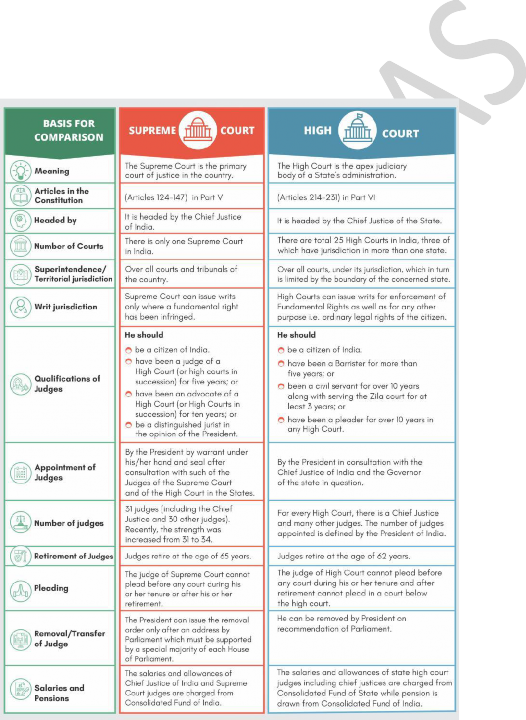Supreme Court directives on Police Reform
In 1996, two former Director Generals of Police took the issue to the Supreme Court, requesting the Court to direct central and state governments to address the most glaring gaps and bad practice in the functioning of the police.
On 22 September 2006, the Supreme Court of India delivered a historic judgement in Prakash Singh vs. Union of India case instructing central and state governments to comply with a set of seven directives laying down practical mechanisms to kick-start police reform. The Court's directives seek to achieve two main objectives:
1. Functional Autonomy for Police: through security of tenure, streamlined appointment and transfer processes, and the creation of a "buffer body" between the police and the government

2. Enhanced Police Accountability: both for organizational performance and individual misconduct.
The Supreme Court required all governments, at centre and state levels, to comply with its directives and file affidavits of compliance.
